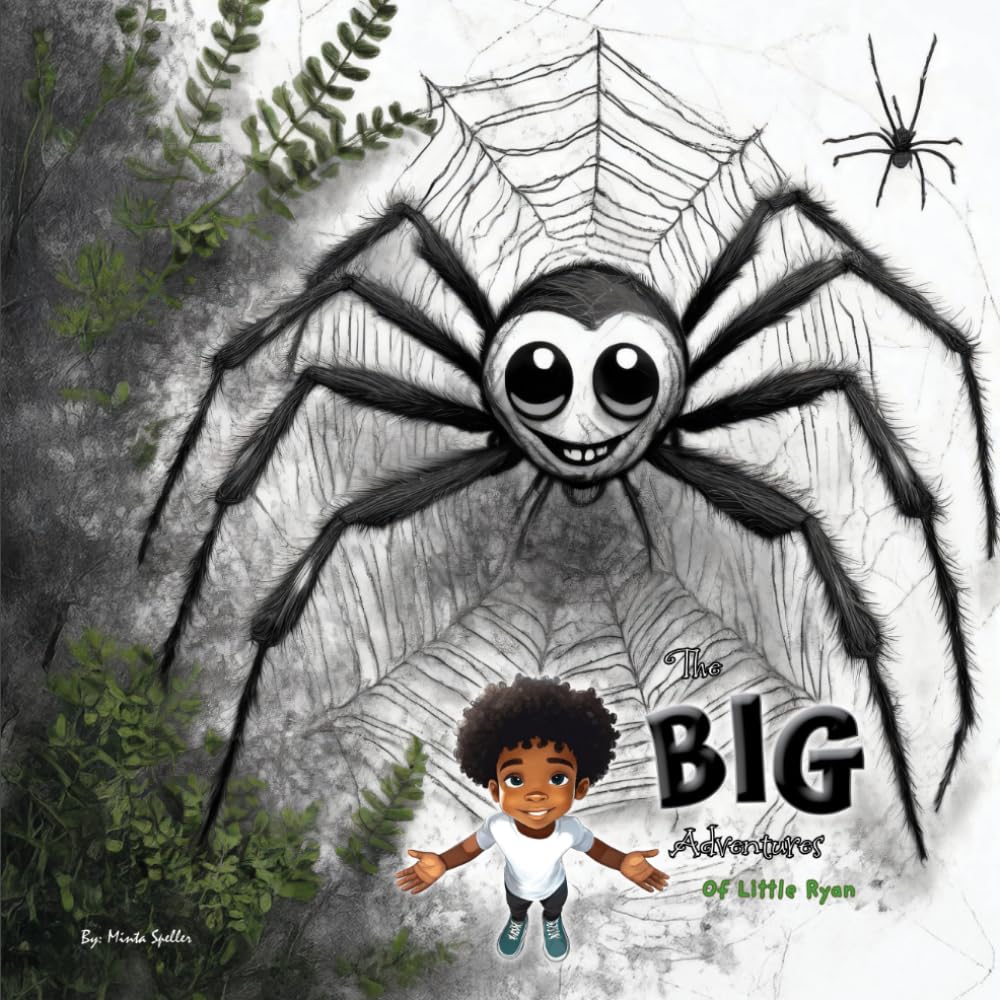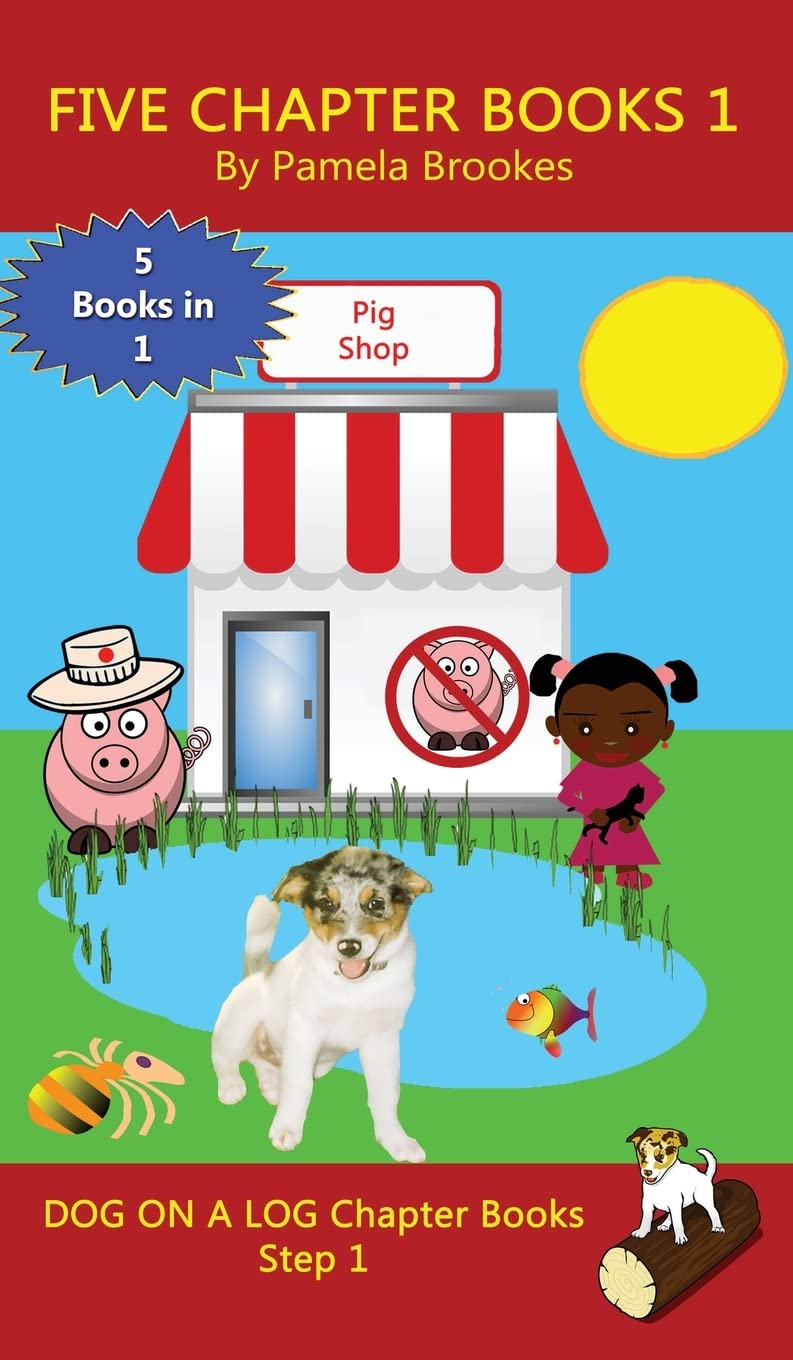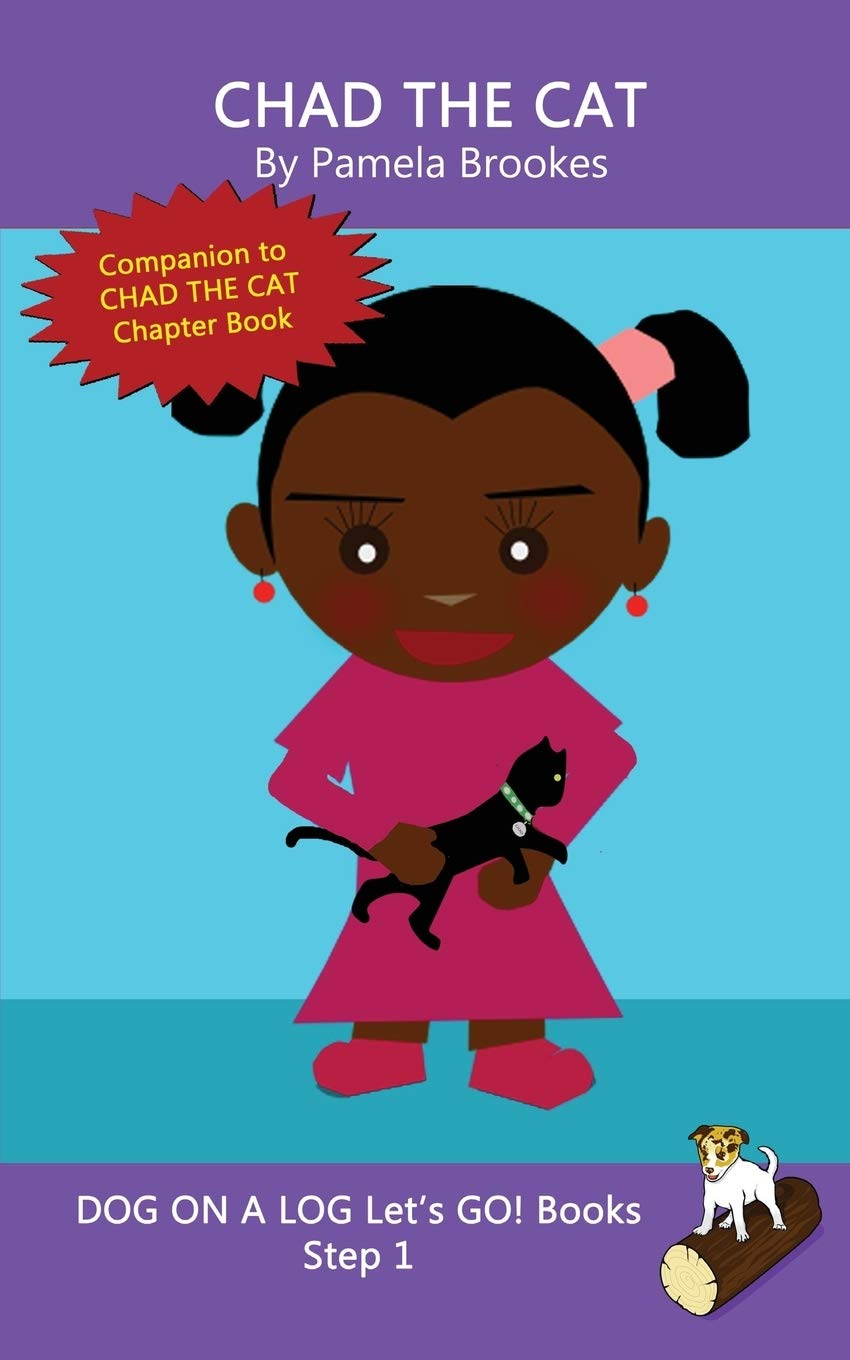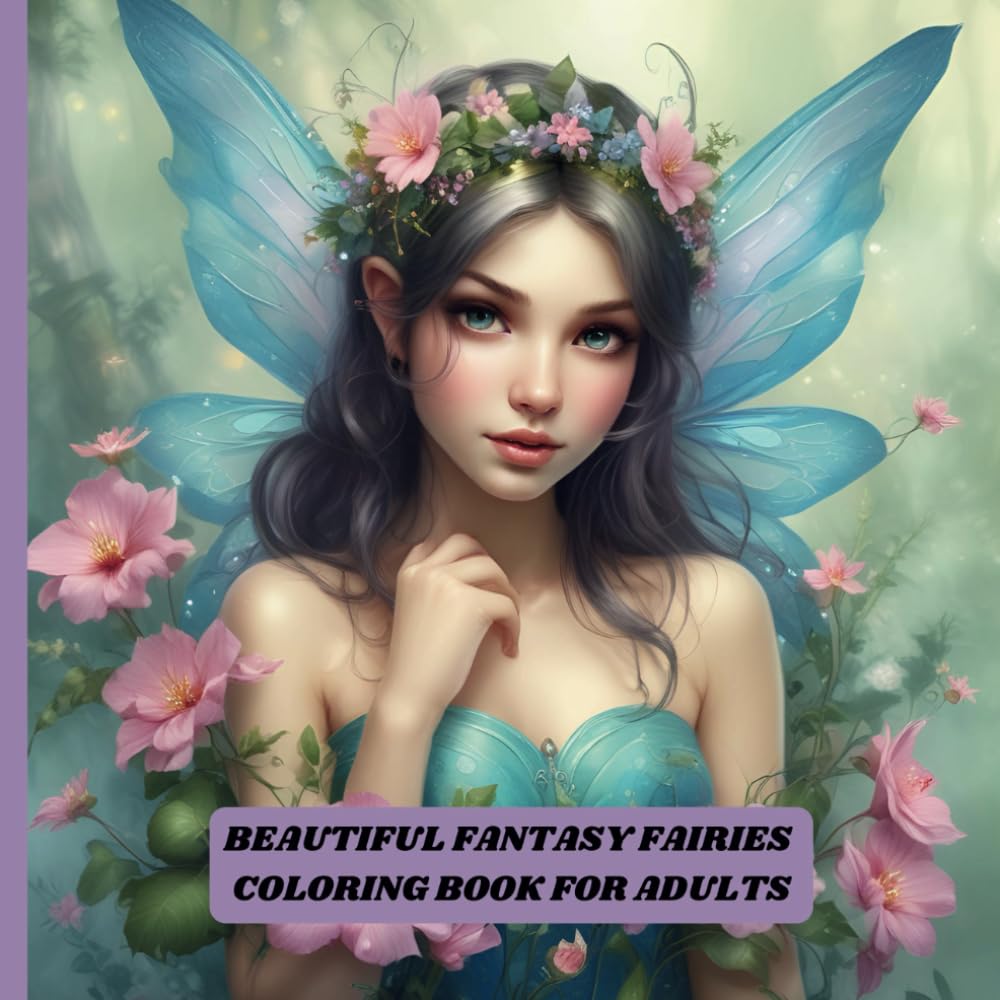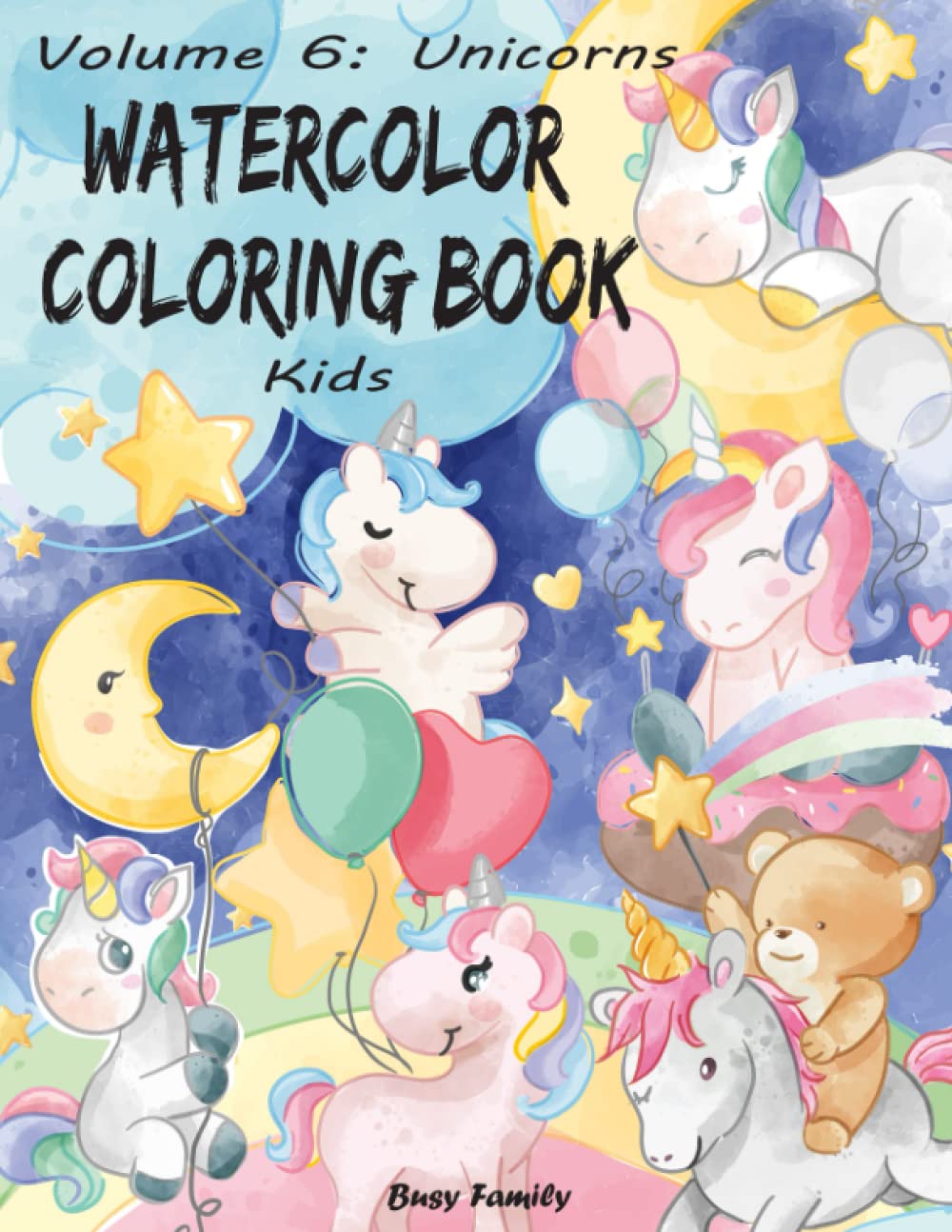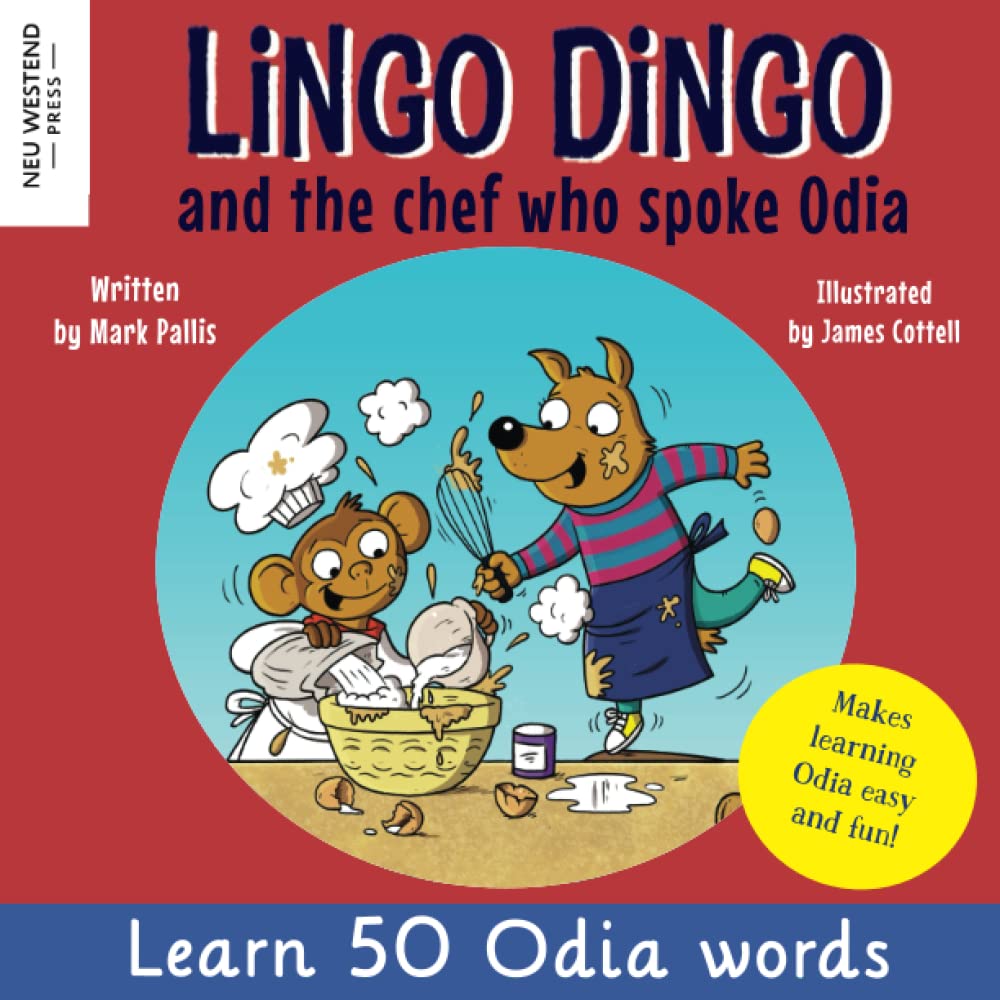A description of about 1000 contemporary and classic titles in horror fiction. There is background information on the history, trends and appeal of the genre. Works are classified into 13 sub-genres, keywords are listed with each entry to lead users to related titles, and awards are cited. This admirably done, reader-friendly guide leads horror enthusiasts through 13 subgenres and roughly 1000 tales of terrifying creatures and spine-chilling events. While not a comprehensive resource, the book covers a wide range of both classic and contemporary adult works and writers. Fonseca and Pulliam explain that they did not include young adult authors (with the exception of several titles commonly read by adults) as this would have tripled the number of citations. The authors start with a basic definition ("horror text is one that contains a monster" be it human, inhuman, real, or imagined), followed by a history of the genre and description of current trends. The annotations are particularly well done. The short story, subject, and author/title indexes are comprehensive, though the Webliography seems a bit sparse. Overall, this resource would be a welcome addition to any high school or public library's reader's advisory collection. Elaine Baran Black, Gwinnett County Public Library, Lawrenceville, GA Copyright 2000 Reed Business Information, Inc. The first horror novel was Horace Walpole's The Castle of Otranto, published in 1764. Horror fiction gradually developed to include such writers as Mary Shelley, Bram Stoker, Edgar Allan Poe, H.P. Lovecraft, Anne Rice, and Stephen King. Yet it's a genre that "can't get any respect," often grouped with fantasy and sf or relegated to brief reviews in the library periodicals. The authors, both of whom have taught college-level courses on horror, seek to remedy that situation with this comprehensive, annotated reader's advisory, the only one to focus solely on the genre. They classify some 1000 titles into 13 subgenres (vampires and werewolves, small-town horror, etc.) along with a list of related films for each subgenre. There are also bibliographies of notable authors, listings of periodicals, horror-related organizations, major awards, publishers, and horror web sites. A useful tool for librarians unfamiliar with the literature.--WW Copyright 2000 Reed Business Information, Inc. Genre resource guides are essential for librarians serving avid fiction-reading audiences. Horror fiction, according to this volume's foreword, is relegated to a lesser importance than other genre fiction in standard book review sources and reference books. This guide deals solely with horror fiction and does not include fantasy or science fiction. It is not intended to be an evaluative source but a "descriptive list of available titles in print." The authors chose a time period of 1994 to 1998 and then checked the in-print status of as many books as they could find by horror authors. Young adult horror titles are specifically excluded. The volume is organized into four parts. "Introduction to Horror Fiction" provides a history of the genre and information on how to use the book. "An Annotated Bibliography of Horror Short-Story Collections" lists both anthologies and collections by single authors. In the longest section, "An Annotated Bibliography of Horror Novels and Films," chapters are organized by 13 subgenres such as "Telekinesis and Hypnosis: Chaos from Control"; "Small-Town Horror: Villages of the Damned"; and "Splatterpunk: The Gross-Out." Each chapter begins with an introduction (which repeats verbatim some of the statements in the general introduction), followed by a list of books, a few films, and "Our Picks." Entries for books consist of bibliographic information, a brief description of plot, and a list of related subject headings. Award-winning titles are noted. The final part, "Ready Reference, Criticism, and Other Helpful Information," lists periodicals, organizations, and Web sites, among other things. The volume concludes with a short story index, a subject index, and an author/title index. The decision to limit the list to in-print titles published from 1994 to 1998 weakens the book. A number of the titles listed are later titles in a series, and some series description should have been provided for these later titles to make sense. Omen IV is here but not one, two, or three; three books based on the undead, revenge-seeking character the Crow are included but not the original title, nor any explanation about the origins of the character. A few "classic" horror authors are represented even if their books are out-of-print or between editions, but coverage of classics is spotty--Mary Shelley can be found but not Harlan Ellison. Other recently released titles on the horror genre include St. James Guide to Horror, Ghost and Gothic Writers [RBB My 1 98] and Fantasy and Horror: A Critical and Historical Guide to Literature, Illustration, Film, TV, Radio, and the Internet [RBB N



